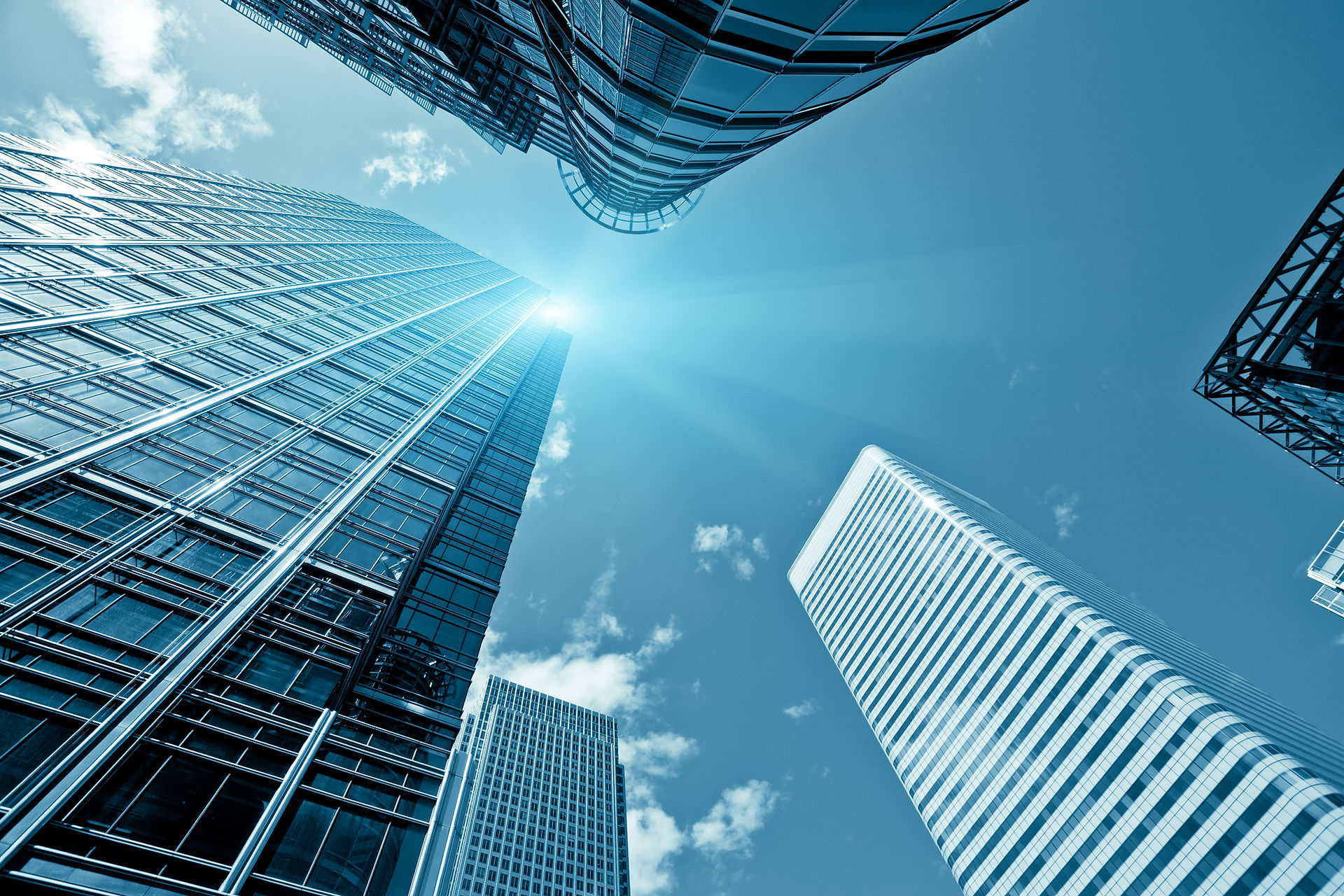
VCT Floors
VCT (Vinyl Composition Tile) floors are a type of resilient flooring made primarily from vinyl and limestone, combined with other fillers and pigments. They are commonly used in commercial and institutional settings due to their durability and low maintenance requirements. Here are some key characteristics of VCT floors:
-
Durability: VCT is tough and can withstand heavy foot traffic, making it suitable for areas like schools, hospitals, and retail spaces.
-
Design Versatility: Available in a wide range of colors and patterns, VCT can mimic the look of natural materials like wood or stone.
-
Cost-Effective: VCT is generally more affordable than many other flooring options, making it a popular choice for budget-conscious projects.
-
Maintenance: While VCT requires regular cleaning and occasional waxing or stripping to maintain its appearance, it's relatively easy to care for.
-
Installation: It can be installed in various configurations, including glue-down or floating systems, allowing for flexibility in application.
-
Sustainability: Some VCT products are made from recycled materials and can be recycled at the end of their life cycle, contributing to more sustainable flooring options.
Overall, VCT floors are a practical choice for many commercial environments, combining affordability, aesthetics, and durability.
![20240613_223950[1]_edited.jpg](https://static.wixstatic.com/media/79beb0_bad0e25f6147482aaf0250e4d1980c95~mv2.jpg/v1/fill/w_429,h_638,al_c,q_80,usm_0.66_1.00_0.01,enc_avif,quality_auto/20240613_223950%5B1%5D_edited.jpg)
ESD Floors
My name is Alexa Young
ESD (Electrostatic Discharge) floors are specially designed flooring systems that help control static electricity in environments where sensitive electronic components are handled, such as clean rooms, manufacturing facilities, and laboratories. These floors are typically made of materials that have conductive or dissipative properties, which allow static electricity to be safely dissipated.
Key Features:
-
Material Composition: ESD floors can be made from various materials, including vinyl, rubber, and epoxy. These materials are treated to provide conductivity.
-
Dissipative Properties: ESD floors have a specific resistance level that allows static charges to dissipate quickly, reducing the risk of electrostatic discharge that can damage sensitive equipment.
-
Grounding: ESD flooring systems are often connected to a grounding point to ensure that any static electricity is effectively channeled away.
-
Durability: These floors are designed to withstand heavy foot traffic and equipment usage, making them suitable for industrial settings.
-
Easy Maintenance: ESD floors can be cleaned with standard cleaning products, although specific guidelines may be recommended to maintain their properties.
-
Color and Aesthetics: Available in various colors and styles, ESD flooring can fit into a variety of design aesthetics while serving its functional purpose.
Applications:
-
Electronics Manufacturing: Protecting sensitive components during assembly and testing.
-
Laboratories: Ensuring a safe environment for scientific research and experiments.
-
Telecommunications: Safeguarding equipment from static damage.
Overall, ESD floors play a critical role in maintaining the integrity and reliability of electronic devices by minimizing the risk of static-related damage.


LVP Floors
LVP (Luxury Vinyl Plank) flooring is a popular choice for both residential and commercial spaces due to its durability, affordability, and aesthetic appeal. Here are some key features of LVP floors:
-
Appearance: LVP is designed to mimic the look of natural materials, such as hardwood or stone, with a wide range of colors and textures available.
-
Durability: It is resistant to scratches, dents, and water, making it suitable for high-traffic areas and moisture-prone spaces like kitchens and bathrooms.
-
Comfort: LVP is softer and warmer underfoot compared to traditional tile or hardwood, making it more comfortable for standing or walking.
-
Installation: Many LVP products feature a click-lock system that allows for easy, DIY installation without the need for glue or nails.
-
Maintenance: LVP floors are easy to clean and maintain, requiring only regular sweeping and occasional mopping. High use and poor maintenance will lead to heavy dirt build up and will require proper cleaning.
-
Affordability: Generally, LVP is more cost-effective than hardwood or stone, making it an attractive option for budget-conscious homeowners.
Overall, LVP combines practicality with style, offering a versatile flooring solution that can enhance any space.


Tile Floors
Tile floors are a popular flooring option known for their durability, versatility, and aesthetic appeal. Made from materials like ceramic, porcelain, or natural stone, they come in a variety of styles, colors, and textures.
Durability: Tile floors are resistant to moisture, stains, and scratches, making them ideal for high-traffic areas and spaces prone to spills, like kitchens and bathrooms.
Maintenance: They are relatively easy to clean; regular sweeping and mopping are typically sufficient to keep them looking fresh. Heavy use and various locations in facilities does require periodic scrubbing and cleaning. Grout traps lots of dirt and grime.
Aesthetic Variety: Tiles can mimic the look of wood, stone, or other materials, offering a range of design possibilities. They can be arranged in various patterns, such as herringbone or checkerboard, adding visual interest.
Comfort: While tile can be hard and cold underfoot, adding area rugs or using radiant floor heating can enhance comfort.
Overall, tile floors combine functionality with design flexibility, making them a favored choice in many homes and commercial properties.